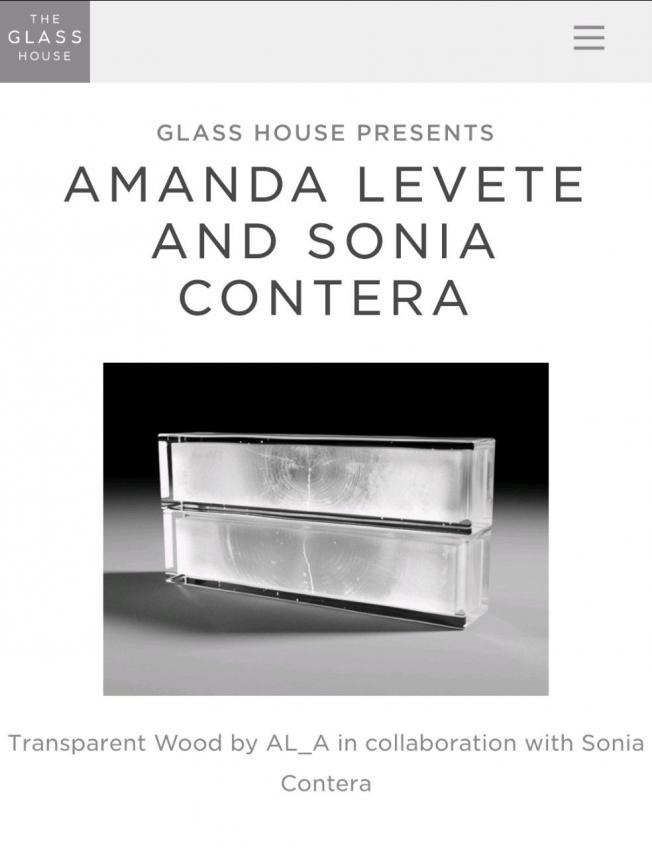Interactions between transmembrane beta-amyloid(1-40) and phosphatidylcholine bilayers
BIOPHYS J 88:1 (2005) 421A-421A
AFM and QCM-D studies in liquid of fibrinogen and vitronectin on Ti and Ta surfaces
Transactions - 7th World Biomaterials Congress (2004) 788
Abstract:
The adsorption of fibrinogen followed by specific fibrinogen anti-fibrinogen reaction from a tris-buffered solution at 37°C onto Au, Ta and Ti surfaces was investigated. The concentrations of fibrinogen used were 1 mg/ml, which were close to that found in blood and 0.03 mg/ml. It was found that very small amount of silver on the gold surface have a large effect on the amount of fibrinogen adsorbed. Globular monomeric and polymeric vitronectin proteins for low concentrations were identified using atomic force microscopy (AFM) in liquid.Effect of time and micropatterns on the behaviour of preosteoblastic cells
Transactions - 7th World Biomaterials Congress (2004) 1363
Abstract:
The influence of the micropatterning of surfaces (in relation to their spreading and morphology) on the behavior of osteoblasts on different surfaces was investigated. Micropatterns were seen to be etched into silicon plates by photolithograhy and coated with a 250 nm tantalum layer. The samples were analyzed by Cryo-SEM (Scanning Electron Microscopy) (CamScan MaXim 2040). The elongation of cells was observed to be faster on deep line patterns than on shallow line patterns.Role of the Trans-activation Response Element in Dimerization of HIV-1 RNA
Journal of Biological Chemistry 279 (2004) 22243 – 22249
Ambient STM and in situ AFM study of nitrite reductase proteins adsorbed on gold and graphite: influence of the substrate on protein interactions.
Ultramicroscopy 97:1-4 (2003) 65-72



